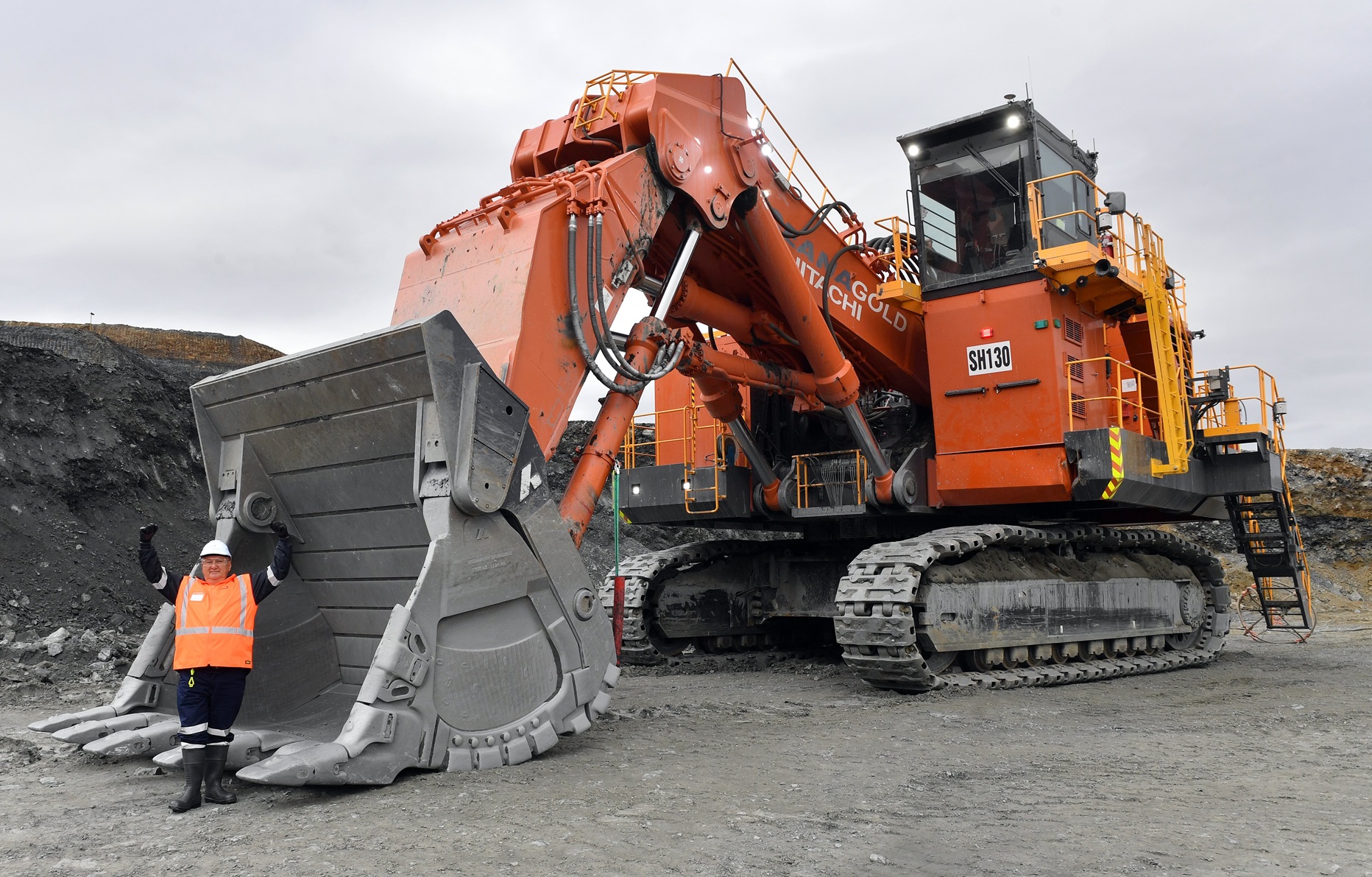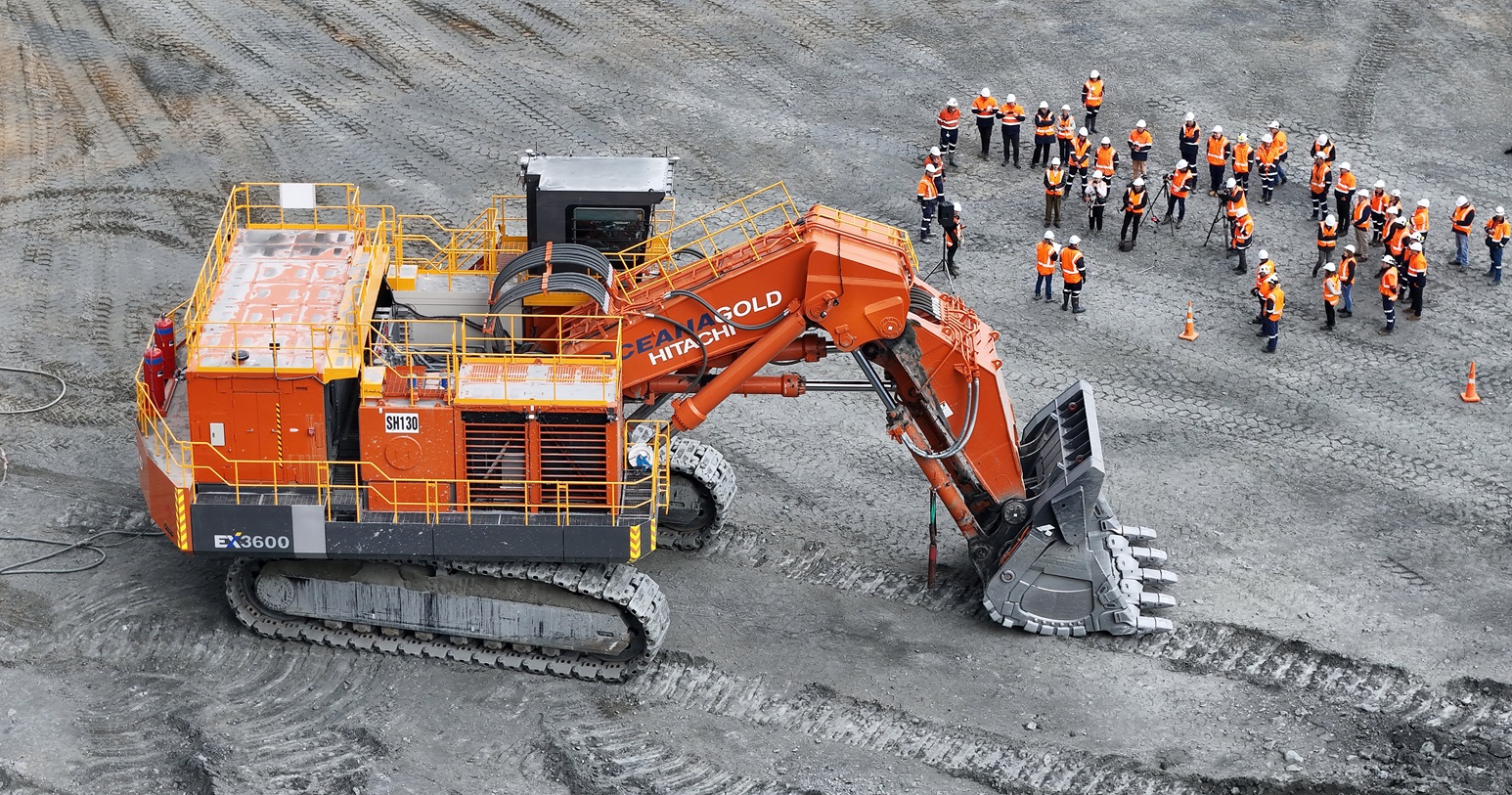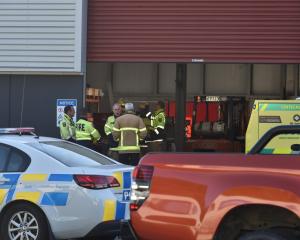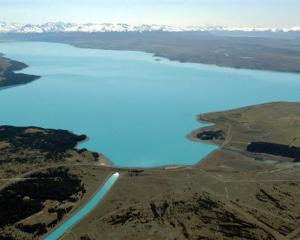The first electric vehicle of its kind has arrived in New Zealand - and it is right here in Otago.
The SH130 Hitachi EX3600 electric shovel, thought to be the largest electric vehicle in the country, made its debut at Macraes Mine this afternoon.
Resources Minister Shane Jones, who visited the site to unveil the shovel, said declaring it operational was not only a pleasure, but "a buzz".
"The little boy in me who wanted a Tonka truck in Kaitaia has actually fulfilled a dream seeing something of this scale."
Mr Jones made an obligatory reference to the bible and said Macraes had exercised the "patience of Job" in ensuring the "Goliath machine doesn’t electrocute itself by running over the cord".
Macraes Mine open pit manager Pieter Doelman said the electric shovel, along with its electrical infrastructure, brought the total cost of the project to about $10 million.

Electricity was supplied to Macraes along a 6600V fault line from Ranfurly, and the shovel was likely the third-biggest user of this power supply behind the mine’s processing plant and underground ventilation pumps, he said.
It plugged straight into the power supply via 1km of trailing cable, with "exactly the same principle" as an oversized vacuum cleaner.
"We think that we can happily run it to about 2.5km worth of cable."
The machine weighed 360 tonnes with a 1200 kilowatt motor and a 22 cubic metre bucket, which could hold about 38 tonnes per scoop.
The company ordered it in 2022, it arrived on site last year and after resolving a few hiccups with the correct power supply specifications, it had been up and running for about two months since the start of the year.
The biggest issue over the past two months was getting people used to managing the cable, and specialist trainers from Australia had flown over to help them get used to the new system.
Most of Macraes’ workforce were experienced in using excavators as opposed to shovels, and along with the cable had been "quite a big learning curve" for the workers, he said.
Owning the electric shovel elevated Macraes’ standing in Australasia, as the technology was not common in this part of the world.

"Unfortunately the Australians beat us to it but of course we think our one is better."
OceanaGold senior vice-president for New Zealand legal and public affairs Alison Paul said the electric shovel would transform Macraes’ mining operations by reducing their carbon footprint.
The company commissioned its first 3600 excavator about 20 years ago, which at the time was the largest in New Zealand, she said.
"This machine, SH130, is just as special but introduces some exciting new talent into our open fleet.
"The fact we are plugging a big earthmover of this size into the grid, it is a first for New Zealand and hopefully it’s not going to be a last."
The fully electric shovel would reduce emissions by 3600 tonnes of carbon per year, equivalent of taking 1800 vehicles off the road, she said.
It was a "significant step" on the company’s path to reaching its 2030 emissions target of reducing carbon emissions per once of gold produced by 30%.
The trailing cable also meant they had to operate the shovel in a different configuration to what they were used to, which changed the way they went about mining.
"We’ve really proud that this is the first electric machine of this kind in New Zealand."












